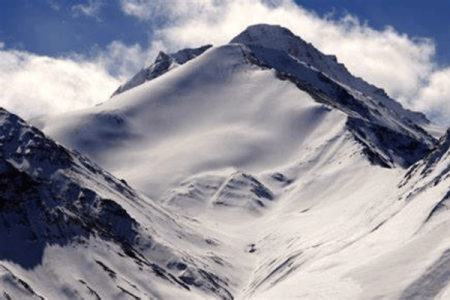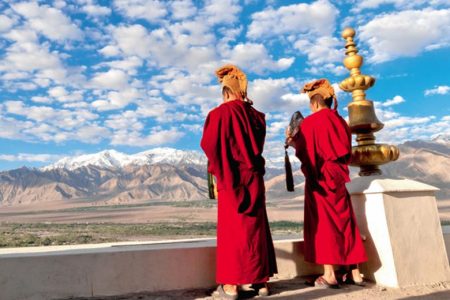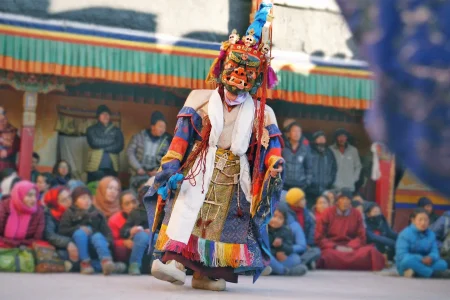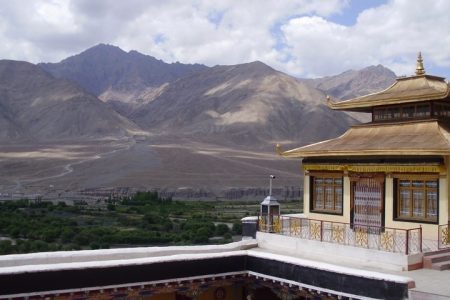Architectural Features and Layout
Puga Hot Springs ek prakritik sthal hai jo apne garam paani ke kundon ke liye prasiddh hai. Yeh springs Puga Valley mein sthit hain, jo Ladakh ke Changthang region mein hai. Yahan koi traditional architectural structures nahi hain, lekin yeh jagah apni prakritik sundarta aur geothermal features ke liye mashhoor hai. Garam paani ke kundon ke aas-paas ka ilaka khula aur raw hai, jo iske aakarshan ko aur badhaata hai.
Main Thermal Pools
Puga Hot Springs mein kai prakritik garam paani ke kund hain jo minerals se bharpoor hote hain. Yeh kund lagbhag 35°C se 45°C tak garam hote hain aur yeh yatraiyon aur sthaniyon ke liye ek pramukh akarshan hain. In pools ka upyog snan aur aaram ke liye hota hai, aur kaha jaata hai ki yeh paani swasthya ke liye laabhdayak hai.
Cultural Significance
Puga Hot Springs ka koi vishesh dharmik ya sanskritik mahatva nahi hai, lekin yahaan ke garam paani ke kund sthaniy logon ke liye ek mahatvapurn prakritik sthal hain. Puga aur aas-paas ke kshetron mein yahaan ke log geothermal energy ke saath apna jeevan bitate hain, aur yeh jagah unke liye ek prakritik sanskritik virasat ka hissa hai.
Fort-like Structure
Puga Hot Springs kisi fort ya monastery ke roop mein nahi banaye gaye hain. Yeh ek prakritik sthal hai jahan ke cliff aur surrounding landscape ka natural structure hi is jagah ki pehchaan hai. Puga ki geological formation aur paani ke kund apne aap mein ek prakritik fort-like structure ka ahsas karte hain.
Roof and Viewpoints
Puga Hot Springs se aas-paas ke Changthang ke maidan aur pahaadon ka drishya behad sundar hota hai. Yahan se aap Puga Valley aur uske aas-paas ki bhavya aur anupam prakritik drishyon ko dekh sakte hain. Yeh jagah wildlife photography aur nature lovers ke liye bhi ek perfect vantage point hai.






